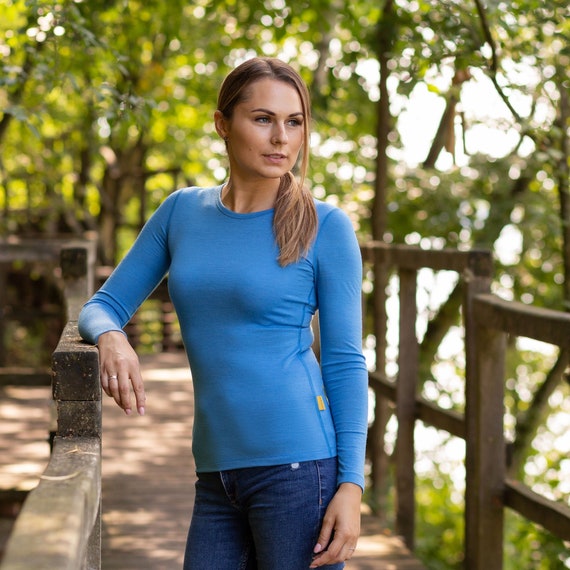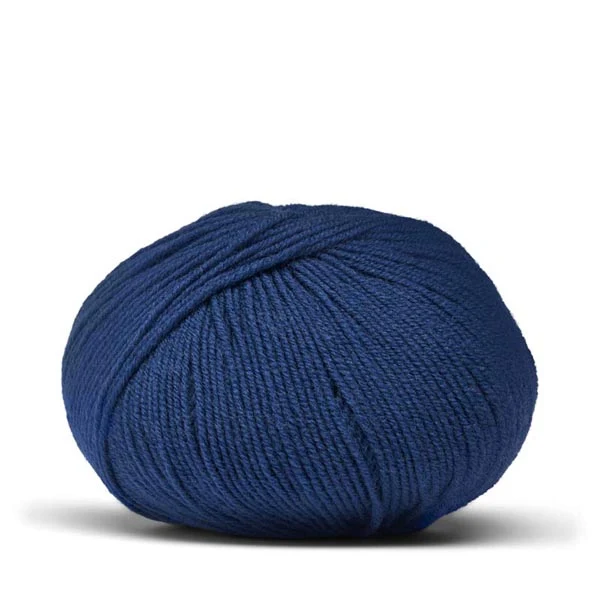Recommended Merino Wool Base Layers Info
Wiki Article
What Makes Yak Merino Base Layers So Beneficial For Winter Sports Clothing In Terms Of Natural Fiber Benefits And Environmental Sustainability?
Yak merino base layer are excellent for winter sport clothing because of their excellent performance, but also because they provide natural fiber benefits and sustainability for the environment. Biodegradable and renewable.
Both wool from yak and merino are natural fibers derived from animals (yak and merino sheep, respectively). These renewable resources can be harvested in a sustainable manner and without harming animals. The fibers are biodegradable, and they do not cause harm to the environment.
Low environmental impact
The production of natural fibers generally has a lower environmental impact compared to synthetic materials. Wool production is less harmful to the environment than synthetic fibers as it is a less chemical-intensive process.
Energy EfficiencyEnergy Efficiency
The process of processing wool fibers uses less energy than synthetic fibers that are produced like nylon or polyester. The manufacturing process for natural wool requires less energy, which decreases carbon emissions.
Microplastic Pollution Reduction
Natural wool fibers aren't accountable for microplastic contamination of waterbodies, unlike synthetic fibers that shed microplastics when washed.
Durability and Recycling-
Yak-merino clothing is durable and can last for quite a long period of time. Wool fibers are also recyclable or repurposed to reduce waste and impact on the environmental.
Sustainability Practices
Certain wool producers use ethical and sustainable practices. This involves ensuring the welfare of animals and responsible land management. Also, they ensure decent working conditions and fair conditions of work for the workers involved in production.
Environmental Certification-
The Responsible Wool Standard, or the Global Organic Textile Standard, (GOTS) Both are certificates of ethically and environmentally aware practices in wool production. These standards give consumers the assurance of sustainable practices.
Base layers made of yak merino are generally environmentally friendly because they come from natural and renewable sources. They also have little environmental impact in production and use sustainable and ethical supply chains. Choosing natural fibers like yak merino wool to make winter sport clothing supports sustainable and environmentally-friendly consumption practices. Have a look at the top merino wool base layer for more info including ski layers womens, merino wool leggings mens, lightweight merino wool base layer, wool thermals mens, best baselayers for skiing, best layers for skiing, ice breaker thermals, best merino base layer, 100 merino wool base layer, merino wool layers and more.

What Are The Advantages Of Bamboo Clothing As Outdoor Winter Clothes In Terms Of Durability, Comfort And Security?
Bamboo clothing comes with many benefits in terms of comfort and durability for outdoor winter clothes.
Bamboo fabric is smooth and soft that makes it gentle on the skin. Bamboo fabric is frequently compared to cashmere or silk for its luxurious look.
Bamboo fibers are moisture-wicking. They have moisture-wicking properties, pulling moisture away from skin and keeping the wearer comfortable and dry in physical activity.
Thermal Regulation- Bamboo clothing has natural temperature-regulating properties, providing warmth in winter while remaining breathable to prevent overheating.
Sustainability-
Bamboo is a plant that can be used to grow quickly and with little pesticides. Bamboo is able to regenerate very quickly which makes it a green fabric to wear clothing.
Low Environmental Impact- Bamboo cultivation typically uses less water compared to conventional cotton farming and doesn't reduce soil nutrients. Bamboo also releases more air and absorbs more carbon dioxide than other species.
Protection for Outdoor Wear-
UV Protection - Bamboo fabric is naturally UV resistant and provides the natural shield against harmful sun rays.
Antibacterial Properties - Bamboo has an antimicrobial substance that is known as "bamboo kun," which helps inhibit the growth of odor-causing bacteria and keeps clothing fresher over longer time, especially when outdoors.
Other Benefits
Durability- Bamboo fibers are durable and strong, making them ideal for outdoor wear.
Biodegradability. Bamboo clothing is biodegradable. They can decay naturally when they reach the end of life, which reduces the environmental impact.
The use of bamboo fabric for outdoor winter clothing provides a blend of comfort and thermal regulation (regulating body temperature), moisture management and environmental sustainability. This makes it a popular option for clothing that is eco-friendly. Check out the top his response on bamboo clothings for site advice including bamboo material clothing, bamboo cotton shirts, kyte pajama, boody bamboo underwear, men bamboo boxer shorts, bamboo cay christmas shirts, bamboo jeans brand, bamboo sun shirt, bamboo dress socks, bamboo boxer shorts and more.

How Do Merino Layers And Bamboo Clothes Differ From Regular Wool?
Merino layers, regular wool, and bamboo clothes have distinct characteristics.
Merino Wool is soft and comfortable to the skin. It is less likely to cause irritation or itching in comparison to wool that is traditionally used.
Merino Wool is a great moisture-holding material.Wicking Properties Merino is a moisture-wicking material that pulls moisture away and allows it to evaporate. The wearer remains dry and comfortable.
Merino wool is exceptionally warm even when wet. It regulates body temperatures as it provides insulation and airflow to prevent overheating while exercising.
Odor Resistant - It blocks the expansion and growth of bacteria that cause odors So clothes stay fresher for longer.
Bamboo Clothing
Bamboo clothing is said for its silky soft texture, which can be compared to silk or even cashmere. It's a soft fabric that gives you a pleasant experience.
Bamboo fabric is moisture-wicking that means it draws moisture away from your skin, and keeps you dry while exercising.
Temperature Regulation- Bamboo clothing has natural temperature-regulating abilities, offering warmth in winter and breathability to prevent overheating.
Sustainability- Bamboo is high levels of renewable resources. It grows quickly without pesticides and fertilizers. It's biodegradable with a low impact on the environment.
Wool Regular
Texture. The texture of wool is variable. Certain types are more coarse in texture and more prone for itching.
Warmth - Wool provides great insulation and warmth, however it can also feel bulky.
Absorption of Moisture - Wool may absorb moisture, which makes it less effective at wicking moisture compared to merino wool or bamboo fabric. However, it retains warmth even in it is damp.
In the end, merino Wool provides a soft, supple feel, great moisture-wicking, odor resistance, and insulation. Bamboo clothing provides a silky feel, moisture-wicking capabilities, temperature regulation, and sustainability. Regular wool differs in texture and may not have the same moisture-wicking or softness as merino or bamboo, but it provides warmth and insulation. Each material has distinct advantages, and caters to various tastes and needs in winter wear. See the top bamboo winter clothing for site info including cheap merino wool base layer, smartwool classic thermal merino quarter zip base layer top women's, 100 merino wool base layer, wool thermal underwear, smartwool base layer, merino base layer mens, long underwear for skiing, wool underlayer, smartwool 250 base layer, merino wool base layer women's sale and more.
